
Crate training puppies is as easy as 1—2—3…
1) Buy a crate
2) Put puppy in crate
3) Shut the crate door
That’s it, right?
I sincerely hope NOT!
Puppy crate training is easy. Buying a crate is Step One. Let’s start there.
The crate needs to be big enough for puppy to stand up and turn around in but not so big that he’ll be inclined to use it as a puppy toilet.
If you have a puppy who will grow to be a big dog, plan to have several crates of increasing size during the first year.
Put a washable pad or folded old towels in the bottom of the crate.
Buy 3 or 4 (more is better) stuffable chew toys. These are typically hollow rubber toys such as the Kong™. Stuff the chew toys with kibble (dry dog food) with a small extra special treat like dried liver, tucked in the middle somewhere. Use peanut butter or canned dog food to ‘glue’ the kibble in.
Crate training puppies is much easier if you begin when they’re hungry.
Put the bedding in the crate. Put the crate on the floor and prop the crate door open.
Training your puppy includes stimulating his natural curiosity. Put puppy on the floor and let him investigate.
If he goes inside the crate on his own, praise him and give him a treat… kibble is fine. Do NOT close the door at this point.
If he doesn’t go in or if he goes in and then comes out and wanders off, hold a piece of kibble between your thumb and forefinger and let him sniff it. When he shows interest, quickly toss it and a few more pieces into the crate and close the door.
When puppy paws the door to go in, open it immediately and let her in. Again, do NOT close the door.
Let puppy wander in and out of the crate, rewarding and praising her each time she goes inside on her own.
If your puppy is comfortable enough to sit or lie down inside the crate, give her one of those stuffed chew toys you have prepared and reposition the door to the crate to about half way closed.
The next time your puppy goes into the crate, praise her, give her a treat or a stuffed chew toy and close the door.
If she fusses, wait for a moment of quiet between the barks and whines before opening the door. Do not open the door while she is fussing.
Do not reward a behavior you don’t want. Reward behaviors you DO want.
When she wanders back inside the crate the next time too check out the treats you’ve tossed in there, leave the door open. The next time, try closing it again.
Crate training as all other puppy training, is best done in small steps. Have several short crate training sessions in one day and by the end of day two, puppy crate training will be well underway
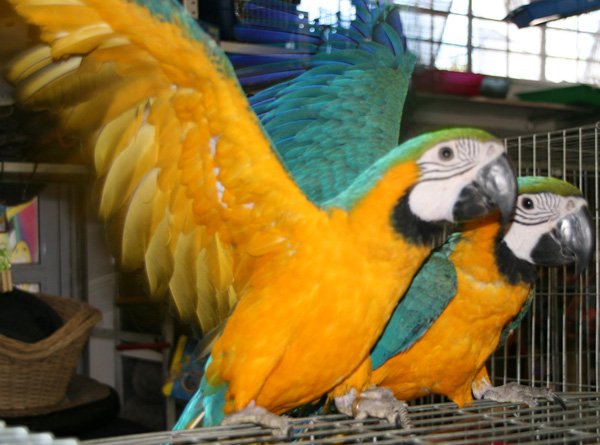 How to Play With Your Dog
How to Play With Your Dog
Puppy games are a gr
How to Play With Your Dog
How to Play With Your Dog
Puppy games are a gr
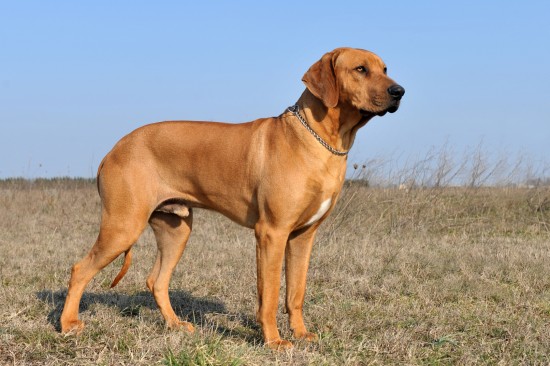 Rhodesian Ridgeback Longevity, Health And Health Testing
Rhodesian Ridgeba
Rhodesian Ridgeback Longevity, Health And Health Testing
Rhodesian Ridgeba
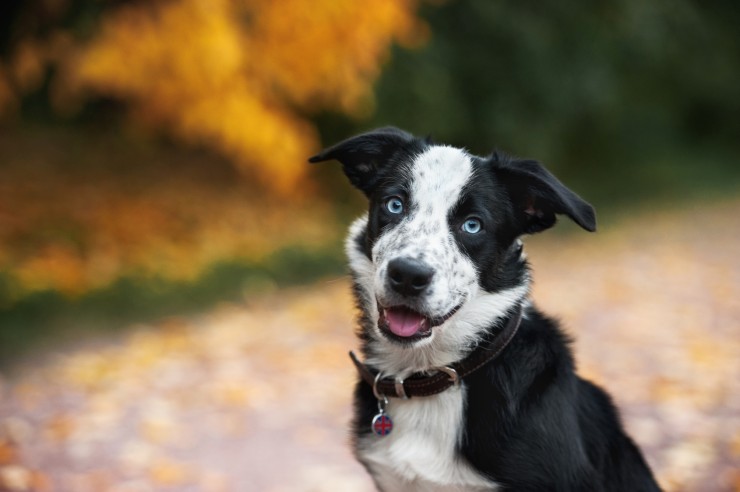 Canine Anorexia - What It Means For Affected Dogs
Canine Anorexia -
Canine Anorexia - What It Means For Affected Dogs
Canine Anorexia -
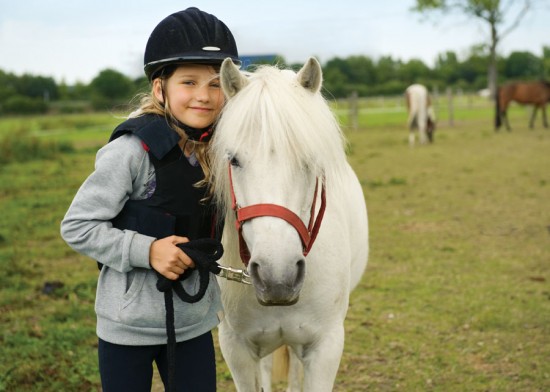 Finding The Perfect Pony Takes Time
Finding The Perfe
Finding The Perfect Pony Takes Time
Finding The Perfe
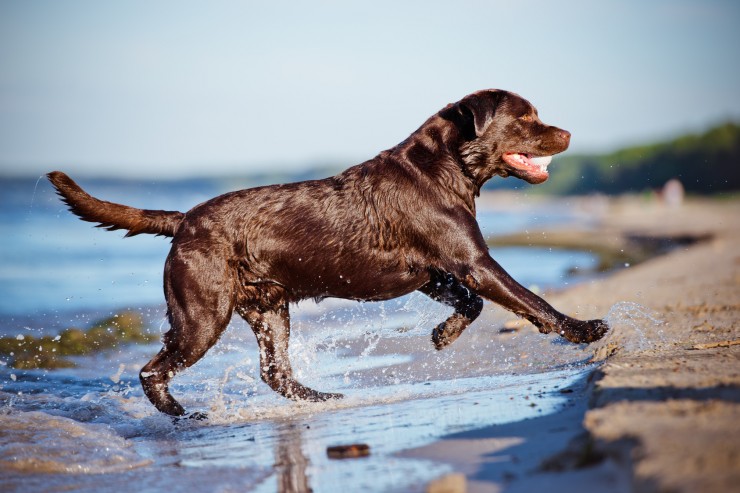 Why Is My Dog Biting His Tail?
Why Is My Dog Bit
Why Is My Dog Biting His Tail?
Why Is My Dog Bit
Copyright © 2005-2016 Pet Information All Rights Reserved
Contact us: www162date@outlook.com